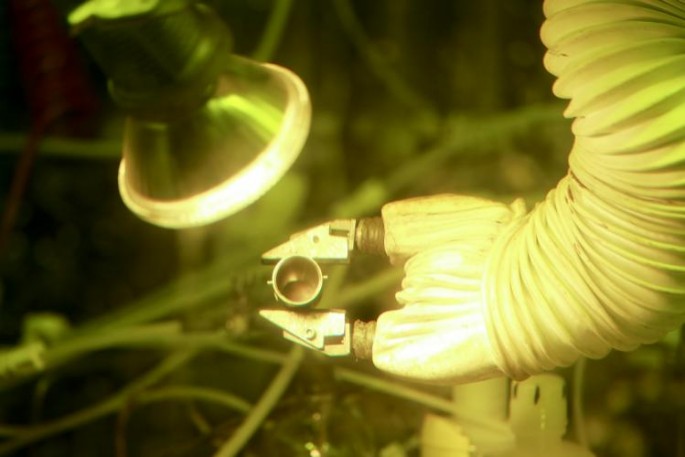For the first time in almost 30 years, scientists have created a new plutonium-238 sample involving researchers from the United States Department of Energy's Oak Ridge National Laboratory located in Tennessee.
This radioactive isotope can emit heat when it decays where this new sample is made from the same oxide powder form that was used to manufacture the same heat sources for power systems including spacecraft scientific instruments. Since the late 1980s, this is the first plutonium sample made by the U.S., where the last production in a South Carolina plant was stopped.
Now, laboratory researchers will analyze this sample for its plutonium-238 purity and when this is completed, scientists will make the necessary adjustments and ensure an efficient production process before the isotope can be fit for mass production.
According to Bob Wham from the ORNL's Nuclear Security and Isotope Technology Division, once the process is scaled up and and automated, the U.S. wil now be capable for long range production of radioisotope power systems where NASA will utilize them for deep space exploration.
For two years now, the plutonium-238 production process has been underway which is partly funded by the American space agency where ORNL and Idaho National Laboratory can provide some 300 to 400 grams of plutonium material every year as NASA's power source.
The first step begins in Idaho where a feedstock of neptunium-237 will be housed and shipped to the Tennessee facility. Engineers will then mix this neptunium oxide with aluminum and shape them into irradiated high density pellets.
This pressing process will transform the neptunium-238 into plutonium-238 as it rapidly decays. When these pellets are dissolved, the lab team at ORNL will separate the plutonium from the leftover neptunium using a special chemical process. This plutonium is then converted into an oxide and is shipped for storage at Los Alamos National Laboratory where the neptunium remnants will be recycled to produce more plutonium-238 again.
To date, there are 35 kilograms worth of plutonium that will be available for upcoming NASA missions. Wham says that when the production process is finalized, an average of 1.5 kilograms can be produced for NASA every year.






















